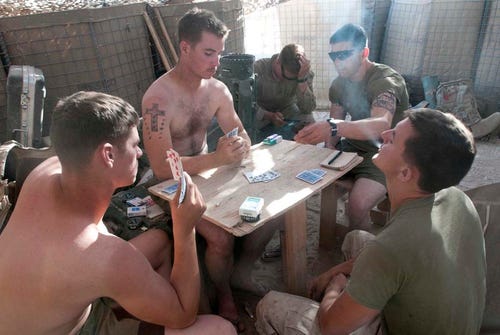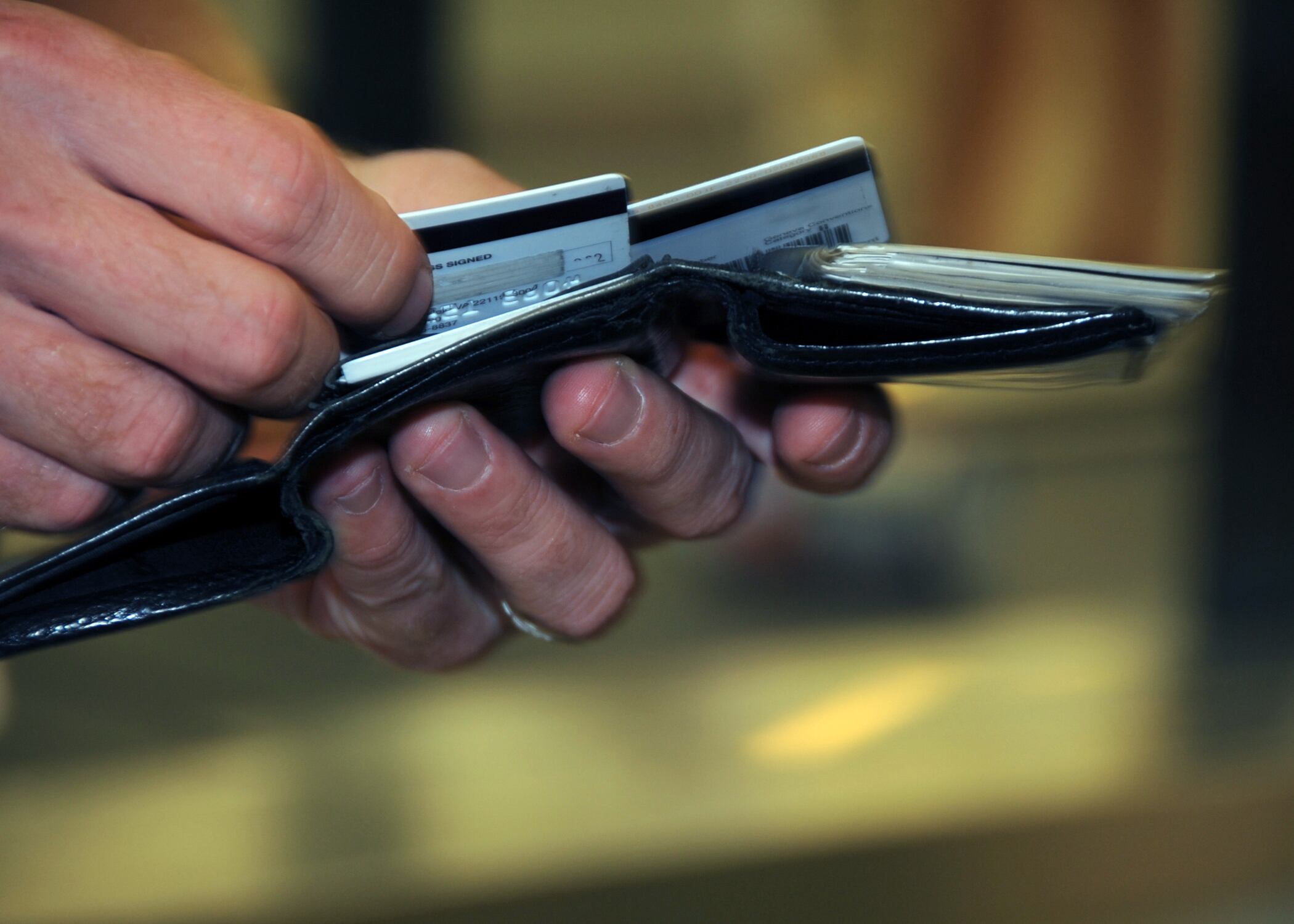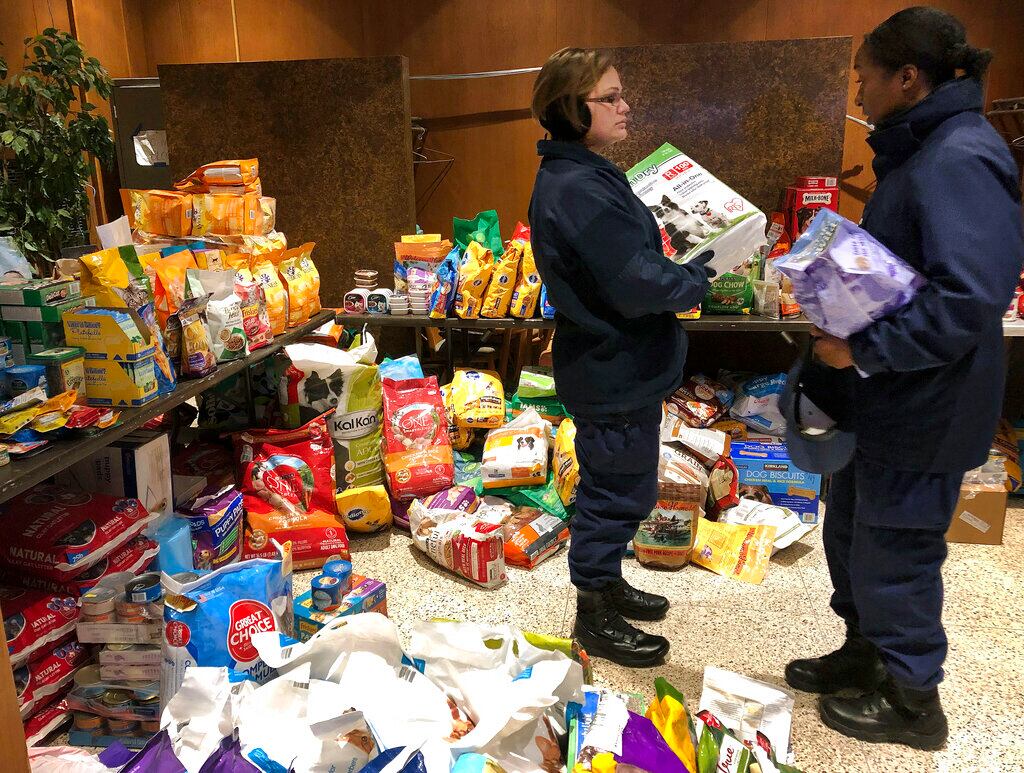source GAIA package: Sx_MilitaryTimes_M6201210204290302_5675.zip Origin key: Sx_MilitaryTimes_M6201210204290302 imported at Fri Jan 8 18:18:06 2016
OBSERVATION POST SHRINE, Afghanistan — Under cover of darkness, the Marines stalked their enemy, looking to pick a fight.
 From this small hilltop outpost in Helmand province's Kajaki district, infantrymen with 1st Battalion, 8th Marines, out of Camp Lejeune, N.C., peered at the network of fields, dusty roads and deserted buildings composing Zamindawar, a hostile region home to an elaborate network of irrigation tunnels connected by deep holes known as karezes.
From this small hilltop outpost in Helmand province's Kajaki district, infantrymen with 1st Battalion, 8th Marines, out of Camp Lejeune, N.C., peered at the network of fields, dusty roads and deserted buildings composing Zamindawar, a hostile region home to an elaborate network of irrigation tunnels connected by deep holes known as karezes.
"I guess I can say that now I know what a cop feels like on a stakeout," said Staff Sgt. Matthew Hutchenson, platoon sergeant for 1/8's 2nd Platoon, Alpha Company. "You wait, and wait, and wait — and then you get what you need and move on them."
Outposts like The Shrine have assumed an increasingly prominent role in the war in Afghanistan this year. After more than 10 years of combat, Marine grunts are patrolling less and closing bases and outposts across the province as part of a planned drawdown of U.S. forces. At the same time, they have used information gathered through observation and surveillance to launch bold raids in parts of Helmand where they don't have a full-time coalition presence, seizing or destroying drugs, weapons and materials used to make improvised explosive devices.
Above all, they keep the Taliban guessing — and limit the insurgents' ability to launch attacks on the security bubble Marines and the fledgling Afghan National Security Forces protect, Marines here said.
At The Shrine, that has meant watching insurgents at a distance and pushing them back when they attack. The austere outpost has limited electricity and no plumbing, and is manned by elements of 1/8's 2nd Platoon, Alpha Company, and the Afghan National Army. They consider the outpost a "static ambush" position, meaning nearby insurgents observed carrying weapons or laying IEDs are targeted. The Marines call for illumination rounds almost nightly, lighting up the fields below and causing men with potentially sinister motives to scatter.
"It's a known Taliban hangout area," said 2nd Lt. Jeff Lenar, 2nd Platoon's commander, of Zamindawar. "It's a pretty fair guess that it's where they're infiltrating from, or at least getting supplies from."
'We have the high ground'
Until recently, The Shrine was manned by Golf Battery, 2nd Battalion, 11th Marines, an artillery unit out of Camp Pendleton, Calif. The outpost was created by a previous Marine unit deployed to Kajaki to create standoff distance between Taliban-held areas and Forward Operating Base Zeebrugge, a hillside installation that coalition forces have manned for years to protect the Kajaki Dam, a major hydroelectric facility.
Golf Battery took fire regularly at The Shrine in the first few months of its deployment, said Cpl. Wesley Neville, a squad leader with the unit. Since deploying, he has been in firefights at least 17 days, some of which included more than one engagement, he said. About 10 of those fights ended with him calling in an artillery strike, and in at least one case, coalition forces dropped a 500-pound bomb, he said.
"We know a lot of these compounds are abandoned, so it's pretty easy to get clearance for fires," Neville said. "It's probably one of the safest ways to get into a firefight. From The Shrine we have the high ground and all the equipment we need."
In January, the Marines took a stand. To push the insurgents back, they added another post to The Shrine on a nearby hill. Known as "Charlie Post," it faces Zamindawar directly, and is used regularly to scout insurgent activities.
Initially, insurgents ambushed Charlie Post regularly from as close as 300 meters. However, after multiple defeats, they now typically take potshots with 7.62mm AK47 assault rifles and PKM machine guns from at least a kilometer away, said Hutchenson, the platoon sergeant. From there, insurgents can escape into the tunnels.
"I watched one guy the other night disappear, then reappear 800 meters later," Hutchenson said. "It can definitely be a problem."
Grunts with 1/8 arrived at The Shrine recently, as Golf Battery prepared to move some of its Marines to operate M777 Howitzers in Shir Ghazi, a village in Musa Qala district. New fighting positions were added at The Shrine and security was beefed up with additional sandbags and Hesco sand blocks.
The expansion of Charlie Post came with a major scare, however. Marines reinforcing it found a pressure-plate IED under an existing .50-caliber machine gun post, said Sgt. Levi Steele, a squad leader in 2nd Platoon. They found the plate buried in the dirt beneath the gun. It was attached to a jug filled with explosives.
"The only thing that saved me and other guys on it," said Hutchenson, "was the wires being corroded."
Disrupting the Taliban
The payoff to manning The Shrine and other outposts like it can be significant. Information gathered is combined with other forms of intelligence to paint a picture of what the Taliban is doing — and then to strike.
A recent example is Operation Speargun, a raid overseen by Regimental Combat Team 6, which commands combat operations in northern Helmand. Marines with 1/8's Alpha and Charlie companies were inserted by helicopter before dawn March 25 in Urmuz, a village in southern Now Zad district involved in processing narcotics. Marine M1A1 Abrams tanks with Alpha Company, 1st Tank Battalion, provided intimidation and long-range optics, and personnel in Marine helicopters provided regular overwatch, Marines said.
Over the next five days, the raid force found mortars, explosives, IED pressure plates and drugs, including black tar-like balls of opium. Much of the contraband was at the bottom of karezes. In some cases, the contraband was hanging from ropes at the bottom of the irrigation holes, Hutchenson said.
Lenar said Marines faced sporadic potshots during the operation, but with the amount of firepower coalition forces used, the Taliban declined to put up a fight.
"They were debating whether to stay and fight us or to just get out of town," he said. "They chose the latter on that one."
An earlier raid in Kajaki district was different. In February, Marines launched Operation Barracuda 2 in Zamindawar, inserting forces into another Taliban-held village, Shirahmad. Second Platoon was inserted under cover of darkness Feb. 22 and faced stiff resistance from insurgents the following morning once they realized Marines were there, Lenar said.
Hutchenson said the platoon had "not so much as a trip and fall" despite being in heavy combat from sunrise to sunset Feb. 23. The insurgents wielded machine guns, assault rifles, mortars and other weapons, but the Marines held steady, he said. They found numerous caches of drugs and weapons there, too.
"How we made it out of there with no one getting hurt, I have no idea," Hutchenson said. "Someone was looking out for us."
The platoon was pulled out about 30 hours after being inserted — all part of the plan to shake up the Taliban, Lenar said.
"It's all about disruption," he said. "If you go in there and pick a fight with them for awhile, it takes the pressure off the ANSF."





